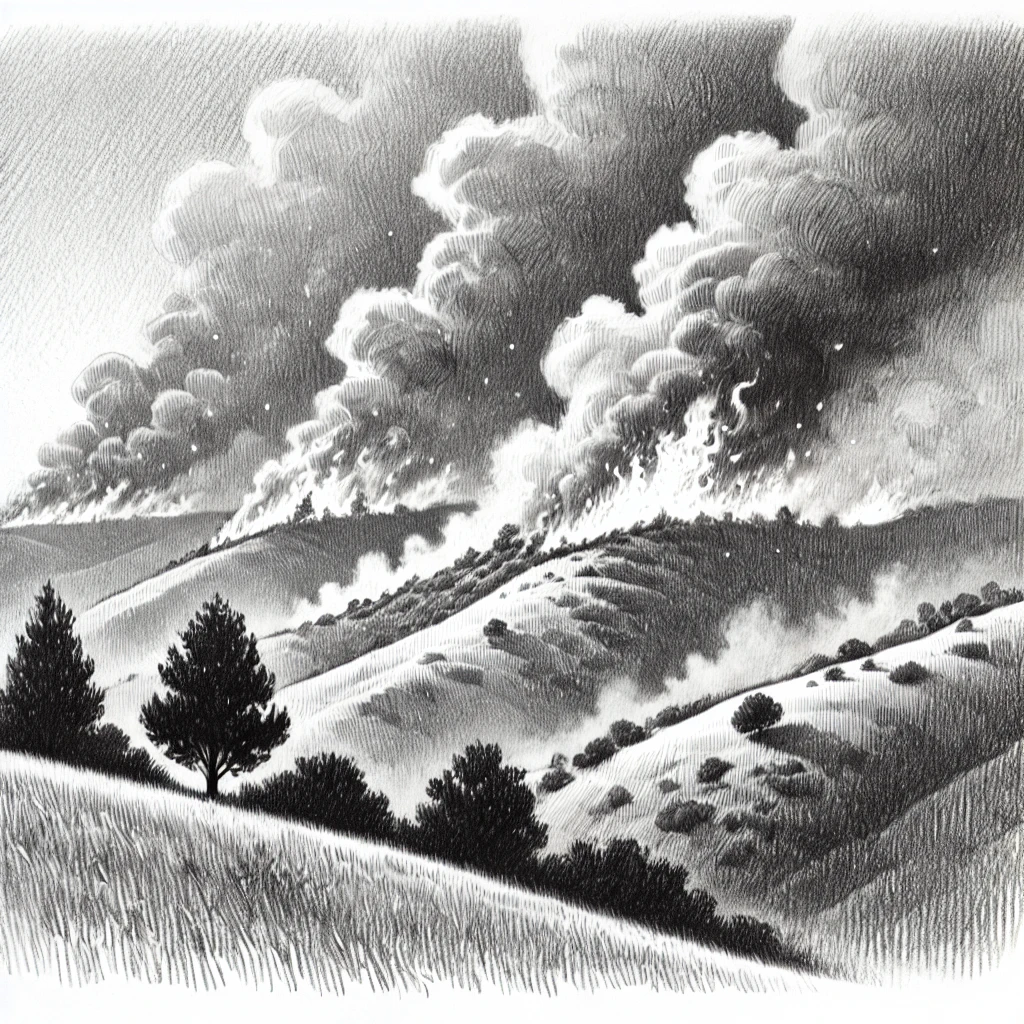Chapter Overview: Demand Surge Case Studies

Demand surge has been a defining challenge in disaster recovery, driving up the cost of materials, labor, and essential services, often delaying rebuilding efforts for years. By examining past disasters, we can better understand how demand surge unfolds, what strategies have helped or failed, and how communities and homeowners can prepare for future events.
This chapter presents case studies of major disasters, including Hurricane Katrina, Hurricane Harvey, the Midwest Flooding of 2019, and the California Wildfires of 2018 & 2019, followed by a forward-looking analysis of what demand surge could mean if a massive wildfire were to devastate Los Angeles.
1. Demand Surge and Hurricane Katrina
Hurricane Katrina (2005) caused unprecedented destruction along the Gulf Coast, leading to severe labor shortages and skyrocketing material costs. Demand surge delayed rebuilding efforts for years, leaving thousands of homeowners displaced.
Key Takeaways:
✔ Rebuilding costs increased by 20-30%, exceeding insurance coverage for many homeowners.
✔ Labor shortages forced long delays, leading to incomplete rebuilds and community-wide economic struggles.
✔ FEMA and SBA funding faced processing delays, leaving many homeowners in limbo.

2. Demand Surge and Hurricane Harvey
Hurricane Harvey (2017) caused catastrophic flooding in Texas, impacting both residential and commercial properties. The sudden demand for repairs led to shortages of contractors and essential building materials, exacerbating recovery efforts.
Key Takeaways:
✔ Flooded homes created an overwhelming demand for Drywall, flooring, and electrical repairs.
✔ Labor costs surged due to worker shortages, delaying home repairs by months.
✔ Flood Insurance claims were slower than expected, forcing many to dip into personal savings.
3. Demand Surge and the Midwest Flooding of 2019
Widespread flooding across Nebraska, Iowa, Missouri, and South Dakota led to record-breaking losses in agriculture, infrastructure, and housing. Unlike hurricanes and fires, this event affected rural and farming communities, creating unique economic challenges.
Key Takeaways:
✔ Grain storage facilities, silos, and barns were destroyed, causing ripple effects on the agricultural economy.
✔ Transportation infrastructure (bridges, roads, rail lines) suffered delays, slowing the delivery of materials.
✔ Rural labor shortages meant fewer skilled workers were available for rebuilding efforts.

4. Demand Surge and the California Wildfires (2018 & 2019)
The Camp Fire (2018) and Kincade Fire (2019) destroyed thousands of homes in California, causing severe housing shortages and a spike in rebuilding costs.
Key Takeaways:
✔ Rents in neighboring cities skyrocketed by 50-100%, pricing out many displaced homeowners.
✔ Insurance payouts did not keep up with rising rebuilding costs, forcing many to leave permanently.
✔ Shortages of fire-resistant building materials delayed rebuilding efforts in high-risk zones.
5. Looking Ahead: The Impact of a Major Fire in Los Angeles
A catastrophic wildfire destroying 12,000 structures in Los Angeles could trigger one of the worst demand surges in U.S. history, affecting housing, labor markets, infrastructure, and insurance availability across the state.
Predicted Takeaways:
✔ Construction costs could rise by 50% or more due to extreme labor and material shortages.
✔ Mass displacement would cause a city-wide housing crisis, driving up rents and forcing many out of LA.
✔ Increased insurance withdrawals could leave homeowners uninsurable, forcing reliance on state-run programs.
Learn More
By analyzing past disasters, we see clear trends in demand surge—rising costs, labor shortages, supply chain disruptions, and insurance challenges. These case studies provide a roadmap for mitigating future demand surges, emphasizing better insurance planning, local labor training, and government intervention to stabilize recovery efforts.
This chapter serves as a guide for homeowners, policymakers, and businesses to better prepare for the next disaster, ensuring faster, more equitable recovery efforts in the future.